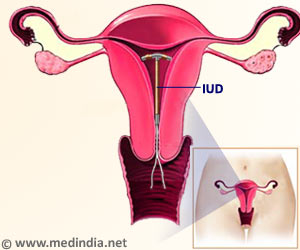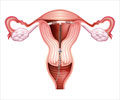Though decline in teen births is commendable, American experts feel that even greater strides could be made if more teens used long-acting forms of contraception.

"Improved contraceptive use has contributed substantially to this decline," said the CDC Vital Signs report. "A key strategy for further reducing teen pregnancy is increasing awareness, access and availability of long-acting reversible contraception (LARC), specifically intrauterine devices."
Nearly 90% of sexually active teens surveyed said they used birth control the last time they had sex. The most common forms of contraception were condoms and birth control pills. However, relatively few teens are opting for implants and intrauterine devices, which are the most effective kinds of birth control.
Long-acting reversible contraception use among teens was 0.4 percent in 2005 to but rose to 7.1 percent in 2013. Of the 616,148 female teens the CDC studied in 2013, 17,349 (2.8 percent) used IUDs, and 26,347 (4.3 percent) used implants.
"LARC is safe to use, does not require taking a pill every day or doing something every time before having sex, and, depending on the method, can be used to prevent pregnancy for three to 10 years," said the CDC report. "Less than one percent of LARC users become pregnant during the first year of use."
The American College of Obstetricians and Gynecologists (ACOG) and the American Academy of Pediatrics (AAP) have endorsed LARC as a first-line contraceptive choice for teens, the report added. However, the CDC stressed that LARC does not protect against sexually transmitted diseases.
Advertisement
Source-Medindia












